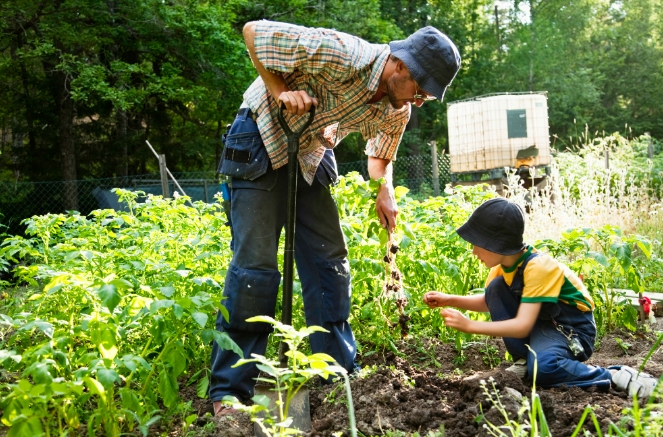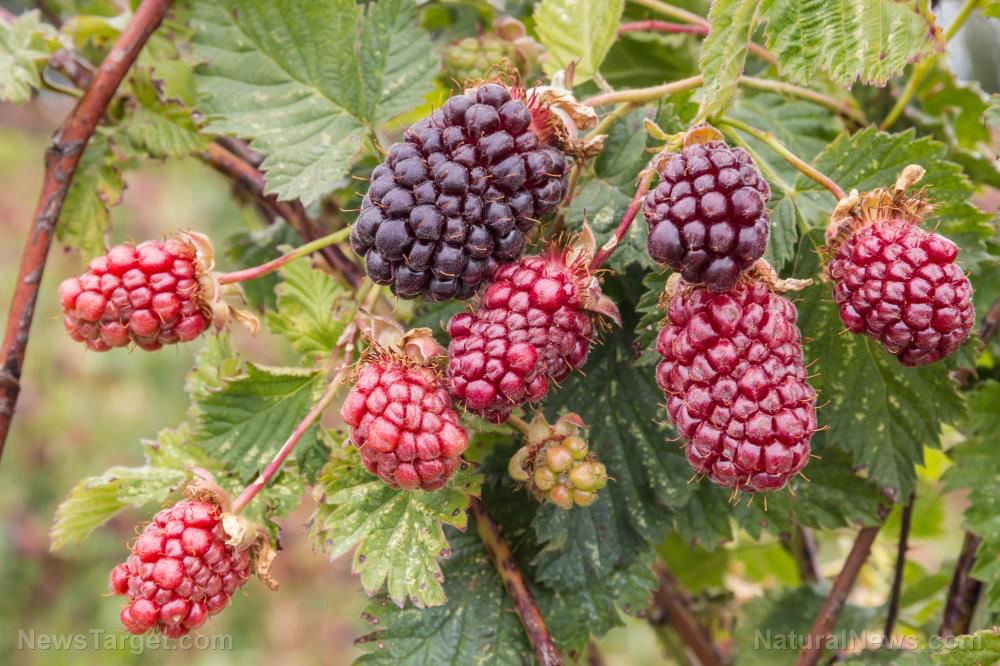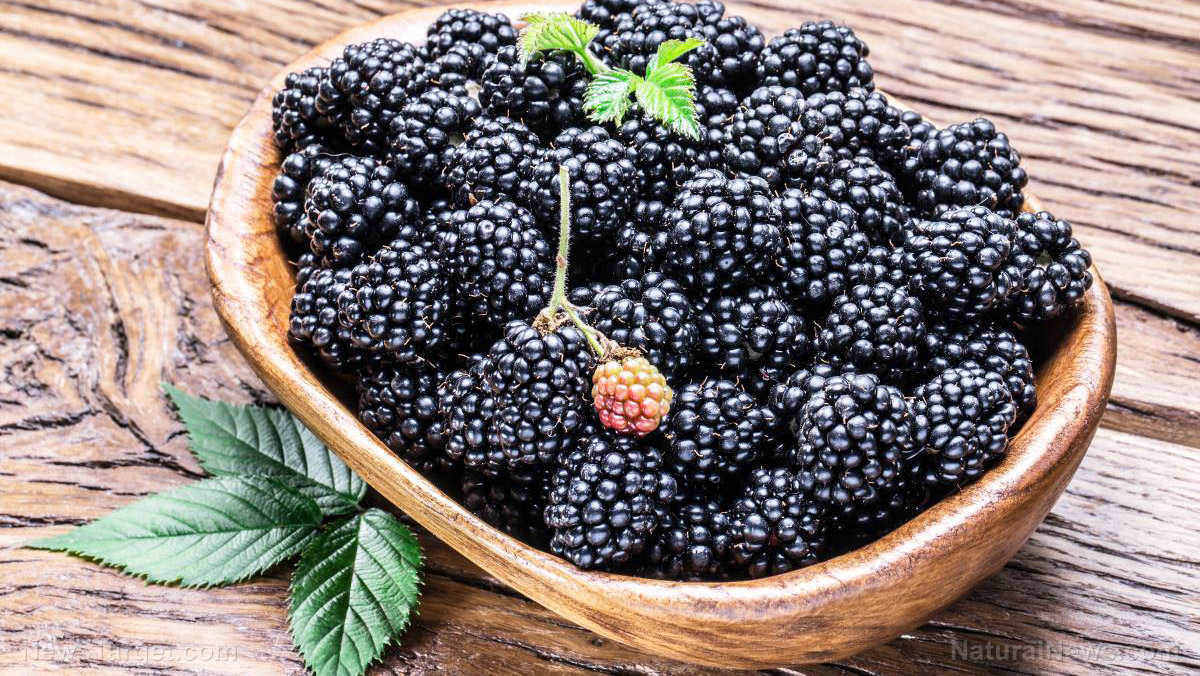Weed-free gardening: 4 tips for effective weed control
07/12/2021 / By Divina Ramirez

Weeds are a gardener’s worst nightmare. For starters, they compete with plants for nutrients and water. Weeds can also overrun a garden if left unchecked. As such, weeds can cause plants to wither or stunt their growth.
Fortunately, there are many ways to get rid of weeds and prevent them from coming back without having to use toxic chemicals. Survey your garden for any weeds and consider the following strategies:
1. Mulch garden bed
Bare soil in the garden is an open invitation for weeds to take root. Weed seeds are always being blown into your garden. Insects and birds also drop them into your garden. Those seeds become weeds if they germinate. But to do so, they first need to find their way to the soil surface. This is where mulch comes in.
Mulch benefits plants by keeping the soil cool and moist. At the same time, mulch deprives weeds of light. Organic mulch can even host beneficial insects, such as crickets and beetles, that feed on weed seeds.
However, mulching will only be effective if you do it right. Some light can still pass through chunky mulches. If you discover this too late, chances are the mulch you used is already laced with weed seeds. Therefore, it’s important to replenish the layer of mulch. Generally, your mulch should be two to three inches deep. (Related: Want bigger, healthier potatoes? Use straw mulch; it improves soil quality and suppresses weeds.)
2. Stop disturbing the soil
Tilling is important because it allows you to mix organic matter into the soil, break up crusted soil or loosen small areas for planting. But you don’t need to till or break up the soil very often as this can damage the soil.
A common mistake beginner gardeners also make is re-tilling the walking areas between their plants. However, this can actually compact the soil from all the foot traffic. Instead of tilling those areas, mulch them instead with a thick layer of wood chips or leaves. This reduces or even eliminates the need to maintain those areas.
3. Don’t disturb the mulched beds
Turning, raking and disturbing the layer of mulch on your garden beds is a great way to help any weed seed lying on the surface find a home in the soil underneath.
In other words, every time you disturb your mulched beds, you’re actually helping to plant the next batch of weeds that would crowd out your plants and compete with them for soil nutrients.
This tip also works just as well for the weeds in your flower beds. Many gardeners like to re-till the layer of mulch sitting on their flower beds to keep the flowers looking fresh.
So, resist the temptation to re-till your mulch. Instead, add a thin layer on top if it’s getting old. You can add thick layers, no more than three inches deep, for better protection against weeds.
4. Be consistent when maintaining the garden
Take five minutes every day surveying your garden for stray weeds or clumps of weeds threatening to creep into garden beds. This way, you’re getting rid of weeds as soon as they appear, when they are easier to pull and before they spread. If you add up those minutes, you’d be looking at 35 minutes of weeding per week, maybe more depending on how bad the weed situation is.
When you’re not consistent in maintaining your garden, you’ll find yourself spending hours catching up. So, take a few minutes out of your morning to inspect your garden. What may look like a tiny, harmless weed today can quickly become part of a cluster of weeds crowding out everything from your flowers to your vegetables before you know it.
HomeGardeningNews.com has more gardening tips and tricks.
Sources include:
Tagged Under: green living, home gardening, homesteading, how-to, off grid, organic farming, preparedness, survival, tips, weed control, weeds
RECENT NEWS & ARTICLES
COPYRIGHT © 2017 PREPAREDNESS NEWS




















